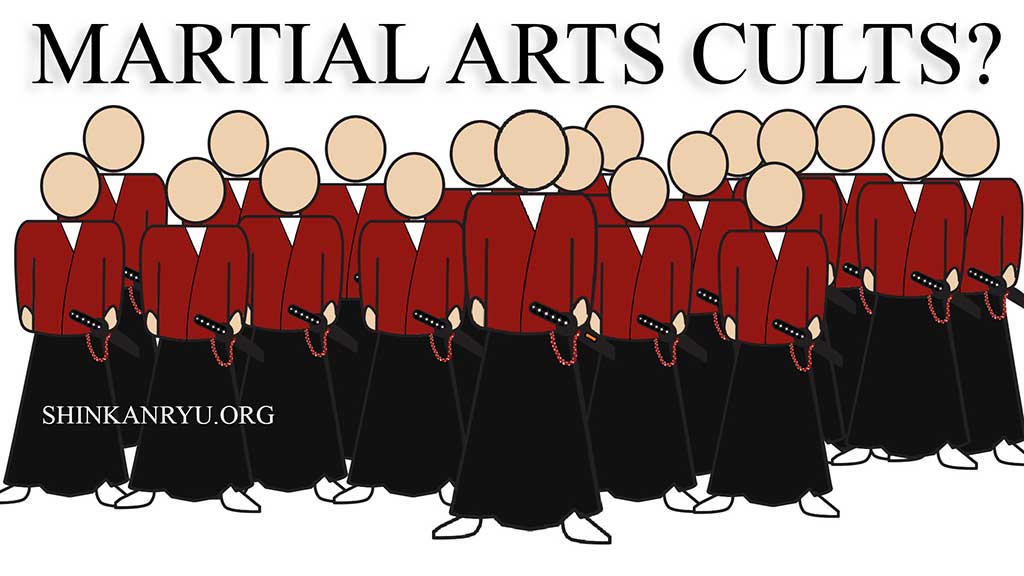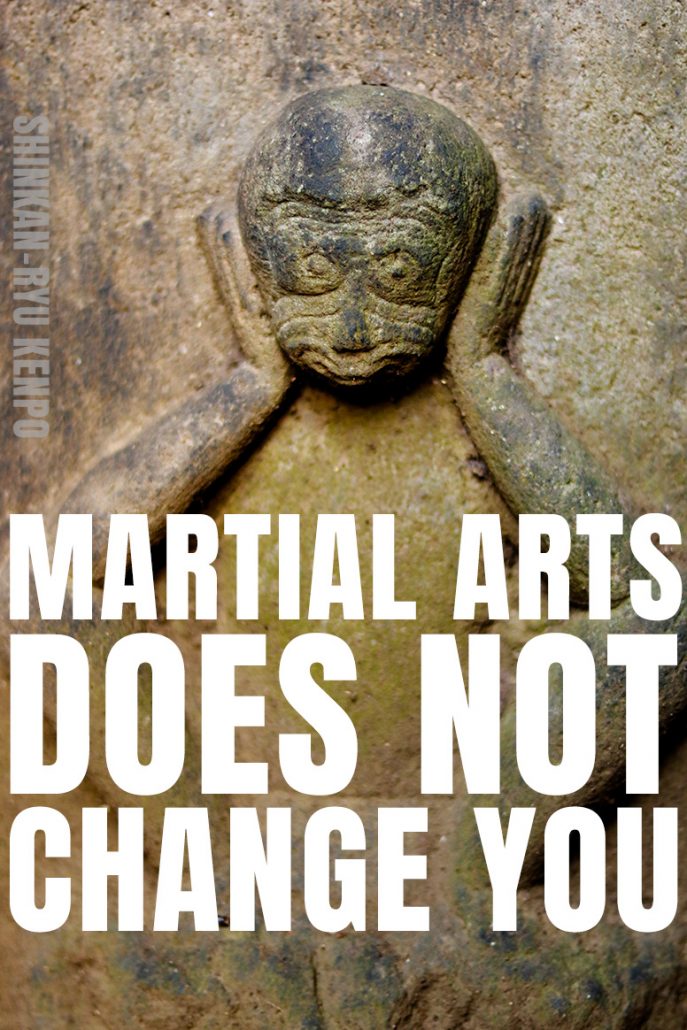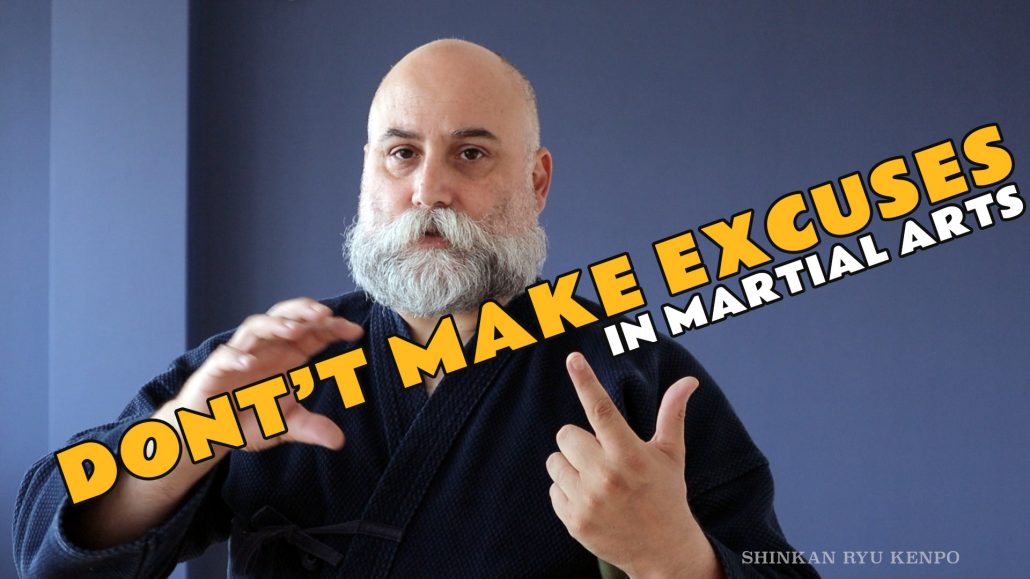The spirit of the sword is the breath.
Breathing Physiology
What's so crucial about martial arts breathing or just plain old breathing? How do we breathe in kenjutsu or a sword fight? For starters, our body needs oxygen. Without oxygen, cells begin to die. Once that happens, we begin to die. Breathing also helps remove toxins from our body. Breathing serves essential functions for your blood, brain, and tissues. Our body must regulate and balance oxygen and carbon dioxide. Because of this, our breathing never stops, and when it does stop or become dysfunctional, then bad things happen. Breathing also ties into our mental states. Not just our physical selves are affected by the breath. Shallow or rapid breathing is also synonymous with specific moods.
All movement is enabled by the breath. Martial arts originiates with the breath.
~Shinkan-ryu Kenpo
Controlled breathing helps regulate the sympathetic (SNS) and parasympathetic nervous systems (PSNS). The sympathetic portion of the nervous system helps to control our flight or flight response. Everyone knows this as an increase in adrenaline. The SNS is in charge of what is commonly known as the fight or flight response. The parasympathetic portion helps regulate our sexual organs, digestion, and urination. So to rest and repair the PSNS is used.
During deep breathing, the PSNS is stimulated. The idea here is not making the parasympathetic the reigning king over the SNS. However, the stimulation of the vagus nerve during correct breathing helps to stimulate the PSNS. This is what helps keep the sympathetic effects in check somewhat as we aren't giving full control to the SNS.
It is important to note that these systems do not operate at the same time. Overuse of this SNS is detrimental to our health and, I would argue to combat. It can immensely narrow our ability to function well mentally and physically. It is slowing down of cognitive skills and reducing vision and physical coordination, to name the top three.
So breathing is vital in that respect. To keep balance within our nervous system and in turn, maintain physiological efficiency.
Controlling Adverse Effects
A sword fight is not always 30 seconds long. Sword combat can be for a longer duration. Our systems should be at optimal performance. A system ruled by the SNS is not efficient whether inside or outside the dōjō. Previously I wrote about posture, and I talked about breathing and the role of the diaphragm. During normal breathing, our belly area expands during the in-breath. So the abdomen rises before the chest does. The chest should expand, but it shouldn't be the first and only thing moving. When we breathe out, our abdomen shrinks, get smaller, as well as our chest. The point to note is the stomach is the most significant visual change volume-wise to our body during breathing. You should easily observe the abdomen expanding and contracting, respectively, on each inhale and exhale when breathing normally. Thoracic or chest breathing increases heart rate and cardiac output. Abdominal breathing has the opposite effect. Abdominal and controlled breathing helps counteract the effects of increased adrenal production. This adrenal dump during high stress adversely affects our ability to think and react appropriately. The fight or flight response does have its purposes but left uncontrolled it can do more harm than good.
The muscles used in breathing also form a core that helps to transmit power from the legs into the hips and arms. During our movement and sword use, we must have a strong core and kinetic chain. We must be connected to use full power. Today I'd like to mention this core as it relates to our breathing. When we breathe in, it is the 'in' state. In 陰 (yin) is the receiving or yielding or soft nature. When we breathe out it is the Yo 陽 (Yang) state, strong, hard. The retention of breath is also a yang state bordering on yin. Many of the waza/techniques to attack or injure or kill are done during this IN (yin) state. Correct core state allows transmission of energy, and proper martial arts breathing will enable us to move freely.

Classical Combat and Breathing
How are we breathing in sword combat and training? Let's use this as an example of a training method; we take a breath, and we hold that breath while we are executing our technique. We might even kiai vocally, which is still Yo (yang). Generally, we might begin to inhale again while the sword is being returned or just after. Different schools have different thoughts on the details of breath timing; however, inhaling is always yin and exhaling is yang. IN is defensive and YO is offensive. It is hard to respond to attacks or to execute attacks while breathing in.
Holding the breath or forcefully expelling some air during a kiai (vocal and non-vocal) helps to unite the lower and upper body for power transmission. This is true, of course, even without weapons.
Generally, we are breathing in at the start and filling the tanden 丹田, breathing out only just a little as you come into engagement range, executing the technique with a kia or silenced exhalation. Then slowly and quietly breathing in. The key is to control the breathing, so it's not apparent to the opponent. Nor a particular rhythm. But this is just a quick technique. A basic waza can be 12 to 13 seconds long. Maybe even shorter. What about more involved techniques or sparring, for example?
In the case of longer, more involved combat, we need to regulate our breathing. Martial arts breathing can be a bit like a wild horse, that we either tame or if we don't, then it will bend us to its will instead. Inhaling and keeping our breath in a Yo state is most advantageous. So picture taking a breath in and exhaling only a bit here and there, or when engaging in a strike and even a block — inhaling when it is safe to do so. Safety would be when there is no danger of being struck or directly attacked.
Proper martial arts breathing?
Nose breathing is generally the best way to breathe. It is only through some problems or illnesses that we resort to mouth breathing. Using your nose is best to breathe in. You could open your mouth to breathe out, but opening and closing the mouth can be another indication of your breathing patterns. Thus making it a big no-no for many martial artists. Breathing out should be through a partially closed mouth, or back out through the nose. Some techniques utilize mouth breathing. In general, everyday breathing should be through the nose, however.
Breathing can also be an indication of our breaking down physically from injury or extended activity and needed rest, or being injured. This is something we need to control. You can imagine that seeing an opponent panting and gasping for air would be an easy victory. These are a few aspects of martial arts breathing. Breathing helps to unite the body and mind as well.
Proper breath control serves many functions inside and outside of martial arts training. It's essential to think about this for the quality of our practice and lives.
To look at our breathing, it would be good to first lay down on our backs with one hand on the belly and the other on the chest. Without forcing the breath in any way just make a note of which hand rises first and which ones move the most? Is it the hand on the chest or belly? You should try to correct this if you find yourself breathing incorrectly. Incorrectly breathing is your chest moving more than the abdomen or before it. If your chest is moving first, then concentrate, letting the hand on the abdomen rise first. Put the focus there and train yourself to breathe correctly.
©2018 S.F.Radzikowski

ラジカスキー真照
館長Saneteru Radzikowski is the head sword instructor of Shinkan-ryū Kenpō. He lives and teaches Iaijutsu and Kenjutsu from Nara, Japan.
Martial Arts Cults & Lies
I once had an interaction with someone who referred to their school as a genuine...
The Old Is Not Distant
This is important to understand when practicing historical or classical martial arts. Although the sword...
The Martial Arts Heart
Budo values reflection and compassion. When these are not present it is hard to develop...
Fear Isolation Martial Arts
Budo does not begin and end when you pass through the dojo, or step on...
Basic Blocking In Kenjutsu
Please enjoy this informational budo video about sword blocking in classical Japanese kenjutsu. https://www.youtube.com/watch?v=_NfMrHpeGKM
Sword Grip Tenouchi Iaido Video
This video describes basic hand grips (tenouchi) for using a katana (Japanese sword).
How To Learn Samurai Sword Fighting Without A Teacher?
I get asked often, “Hey, is it possible to learn sword fighting without a teacher...
Samurai F.A.Q
Are samurai still trained in Japan? Are there samurai schools? The short answer is, No.Samurai...
Code of Bushido Righteous Heart
Being righteous and doing the right thing is one of the foundations of body and...
Kesagiri: Anatomy of A Sword Strike
In Japanese swordsmanship, there have been many hundreds of schools. There are, however, only a...
Unleash the Potential of Your Iaido Success
We’re diving deep into the art and discipline of Iaido, a journey that goes far...
Jealous Martial Artists
Martial artists should be aware of what can live in the shadow of righteousness; jealousy...
Bushido: The Soul of Japan
The code of the samurai is always popping up in martial arts circles and popular...
Budo Thoughts
There are techniques and scrolls and teachings all over the dojo. What does it matter...
A Disease of the Swordsman
The Sword and its study. Hesitation (doubt) is one of the four diseases in swordsmanship....
Practice
The car at the bottom of the hill needs a sustained gas pedal to move...
Martial Arts Responsibility
As a martial arts instructor, or school, or especially if you’re representing an authentic Japanese...
Budo: The Culture of Destruction
The desire to destroy is within us all. We must overcome this urge to tear...
Forge Yourself Through True Budo
You can jump and twirl around and whip about your sword as quick as you...
Martial Arts Doesn’t Change You Into A Hero
Joe is a bit of a jerk.Joe joins a dojo.Joe practices martial arts for 12...
Making Excuses In Martial Arts
In the dojo, when I hear a student offer excuses to a teacher, I can...
Munen Muso And Mushin The Warriors Mind
What is the difference between munen and mushin? These concepts outline the ideal mental state...























